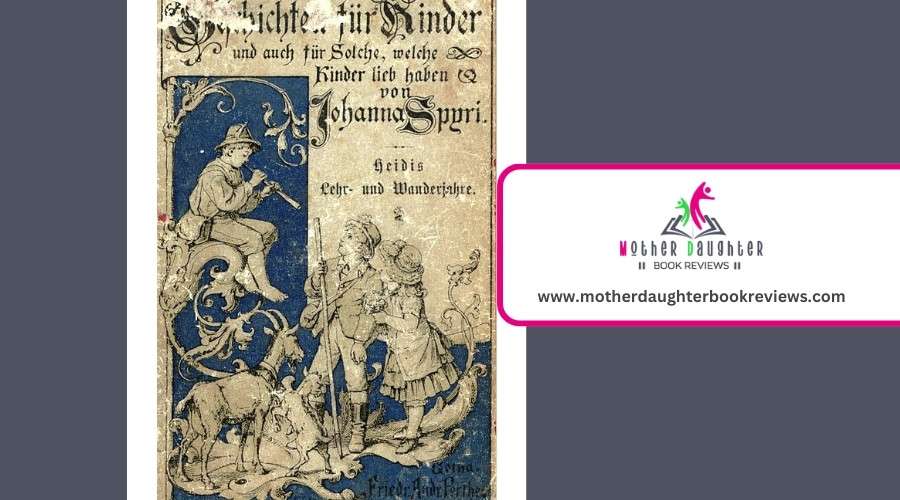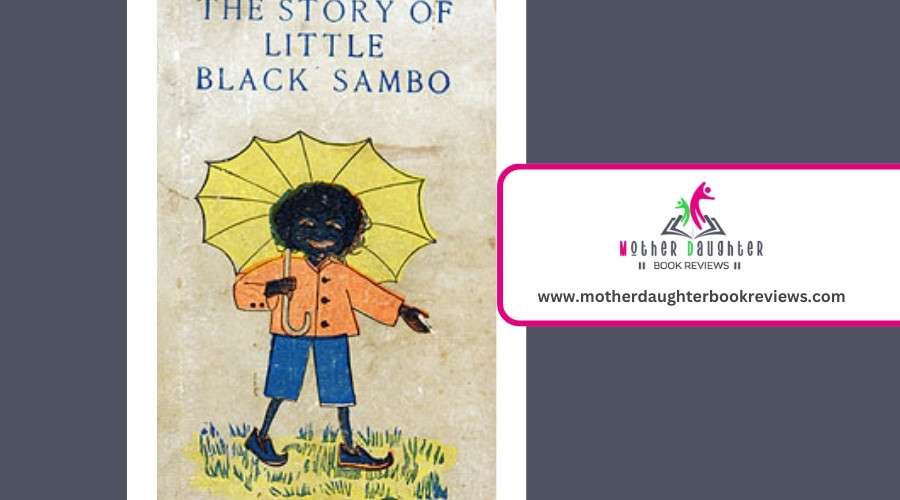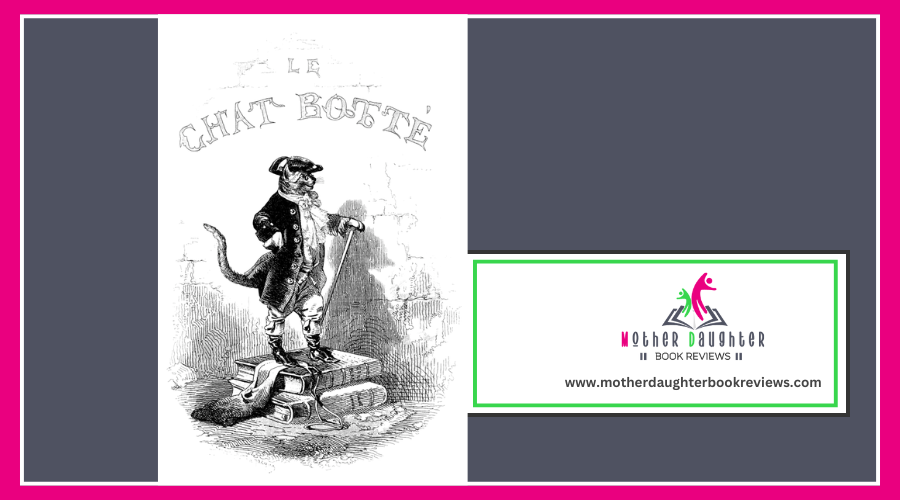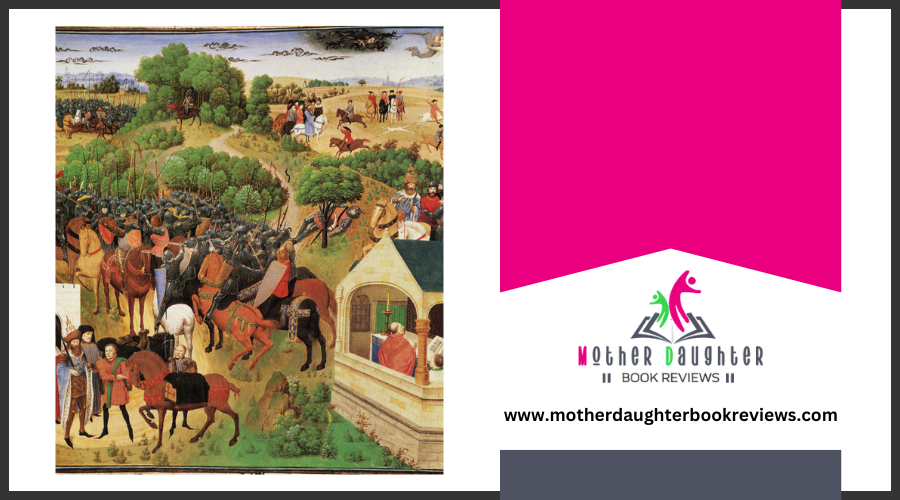Children's Literature From 1900 to 1950
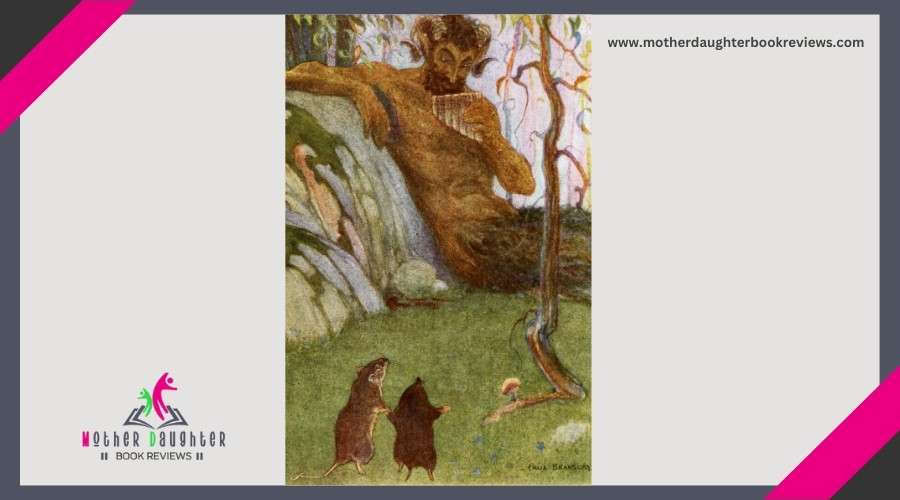
From 1900 to 1950, children's literature came alive with stories and characters that enchanted young readers and mirrored societal shifts. You'll encounter timeless adventures like "Peter Pan," "Winnie-the-Pooh," and "The Wizard of Oz," each highlighting themes of exploration, friendship, and resilience. World events like the World Wars and the Great Depression influenced these narratives, fostering values of hope and courage. Illustrations evolved, too, becoming more lively and imaginative.
Early 20th Century Classics
The early 20th century saw the emergence of numerous classics in children's literature that have since become timeless favorites. During this period, authors crafted stories that resonated deeply with young readers, reflecting their own childhood experiences and the cultural landscapes of their time. These books weren't just mere tales; they offered a mirror to society, portraying the hopes, dreams, and challenges faced by children.
You can see how the time's socio-economic conditions and changing family dynamics influenced the narratives. Themes of adventure and exploration became prevalent, encouraging you to investigate the world beyond your immediate surroundings. Books like "The Secret Garden" by Frances Hodgson Burnett highlighted the significance of nature and healing, mirroring contemporary attitudes towards health and well-being.
Moreover, these classics often provided a sense of comfort and familiarity, drawing from cultural reflections of the time. They depicted values such as friendship, courage, and resilience, which were crucial during a period marked by significant change.
Iconic Characters and Stories
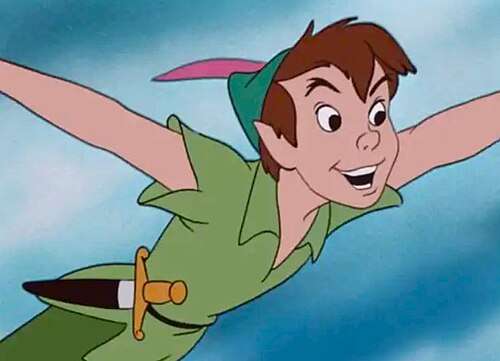
Stepping from the broader themes of early 20th-century classics, let's focus on the iconic characters and stories that left an indelible mark on children's literature. These beloved protagonists and their timeless adventures have captivated generations of young readers. Here are four notable mentions:
- Peter Pan - Created by J.M. Barrie, this boy who never grows up takes readers to the magical world of Neverland. His adventures with Wendy, Tinker Bell, and Captain Hook continue to enchant.
- Winnie-the-Pooh - A.A. Milne's honey-loving bear and his friends in the Hundred Acre Wood have provided comfort and joy through their simple yet profound escapades.
- The Wizard of Oz - L. Frank Baum's Dorothy Gale, along with her companions the Scarecrow, the Tin Man, and the Cowardly Lion, set out on an unforgettable expedition through the magical land of Oz.
- Pippi Longstocking—Astrid Lindgren's fiercely independent and super-strong heroine has inspired countless readers with her fanciful and adventurous spirit.
These characters aren't just stories; they're life-long companions that teach, entertain, and inspire. As you explore these timeless adventures, you find that the magic of these tales never truly fades.
Influence of Historical Events
World events between 1900 and 1950 considerably shaped children's literature, leaving an imprint on the stories and themes of the period. The chaos and uncertainty brought by the World Wars profoundly influenced the narratives, often embedding themes of bravery, resilience, and hope. You'd notice that tales from this timeframe frequently centered around children overcoming adversity, reflecting the harsh realities families faced during wartime.
The Great Depression also played a critical role. Stories from the 1930s often highlighted themes of poverty, resourcefulness, and community support. The authors aimed to offer both escapism and practical lessons, embedding messages about perseverance and solidarity.
Cultural shifts and social change were evident, too. As society began to question traditional gender roles, children's books started to feature more diverse and empowered characters. Girls and boys alike were shown challenging stereotypes, reflecting the evolving views of the time.
Evolution of Illustrations
Illustrations in children's literature from 1900 to 1950 underwent a significant transformation, reflecting broader changes in artistic styles and printing technologies. During this period, you'd see an exciting evolution in illustration techniques that made books more engaging and visually appealing for young readers.
- Early 1900s: Illustrations were often detailed and realistic, influenced by late Victorian artistic styles. Techniques like intricate line drawings and watercolors dominated.
- 1920s: The Art Deco movement brought more geometric shapes and bold colors into children's books. Artists experimented with simplified forms and lively palettes.
- 1930s: Illustrations began incorporating softer lines and more fanciful elements, aligning with the rise of fantasy literature. The use of pastels and gentle watercolors became prominent.
- 1940s-1950s: Post-war prosperity allowed for advancements in printing technology, enabling full-color illustrations to become more common. Artists utilized a mix of techniques, from lithography to early digital methods, reflecting diverse artistic styles.
Notable Authors and Their Works
How did the timeframe between 1900 and 1950 shape the landscape of children's literature? During these years, several notable authors emerged, each contributing considerably to the genre. You can't discuss this period without mentioning Beatrix Potter and her beloved "Peter Rabbit" series. Her works, rich in detailed illustrations and gentle narratives, were crucial in the literary movements of the early 20th century.
Another key figure is A.A. Milne, whose "Winnie-the-Pooh" stories introduced readers to a fanciful world filled with memorable characters. These tales investigate themes of friendship and adventure, capturing the imagination of children worldwide. Meanwhile, L. Frank Baum's "The Wonderful Wizard of Oz" became a cornerstone of American children's literature, delving into themes of courage and self-discovery.
Enid Blyton also made a considerable impact with her "Famous Five" series, which combined mystery and adventure, reflecting the period's thematic investigation of independence and teamwork. J.M. Barrie's "Peter Pan" stood out for its imaginative take on eternal childhood and escapism.
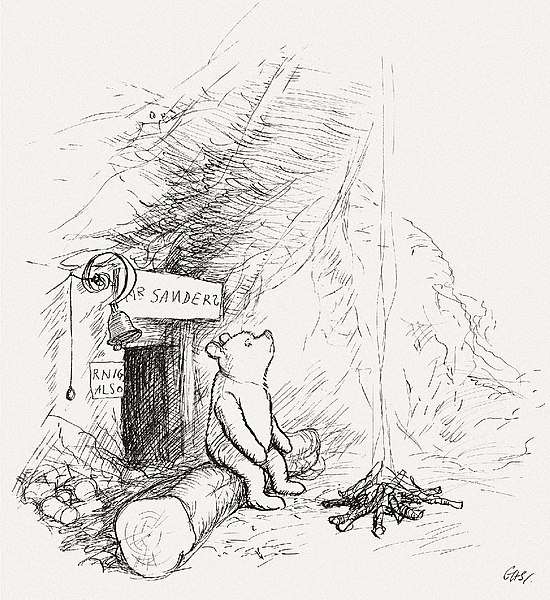
Impact on Modern Literature
The legacy of early 20th-century children's literature has profoundly influenced modern storytelling, setting a foundation for contemporary authors. These classic tales didn't just entertain; they embedded cultural reflections and societal values that continue to resonate today. By examining the impact on modern literature, you can see how these stories laid the groundwork for today's narratives.
Consider the following influences:
- Character Development: Early characters like Peter Pan and Anne of Green Gables set a precedent for complex, relatable protagonists that modern authors endeavor to emulate.
- Moral Lessons: Stories from this period often conveyed clear moral lessons, a tradition that persists in contemporary children's literature, teaching readers about kindness, honesty, and courage.
- Imaginary Worlds: The detailed, engaging worlds created in books like The Wizard of Oz have inspired today's authors to craft rich, fantastical settings.
- Exploring Societal Issues: Early 20th-century literature subtly addressed societal values, paving the way for modern books that tackle social issues more directly.
Wrapping Up
Through timeless classics like "Peter Pan," "Winnie-the-Pooh," and "The Wizard of Oz," readers were introduced to memorable characters, enchanting worlds, and important moral lessons. These stories reflected the societal changes of the time, from the effects of the World Wars and the Great Depression to the evolving roles of children in literature. The innovations in storytelling, character development, and illustrations during this period laid the foundation for modern children's literature, making these works both historically significant and beloved for their universal themes of adventure, friendship, and resilience.

